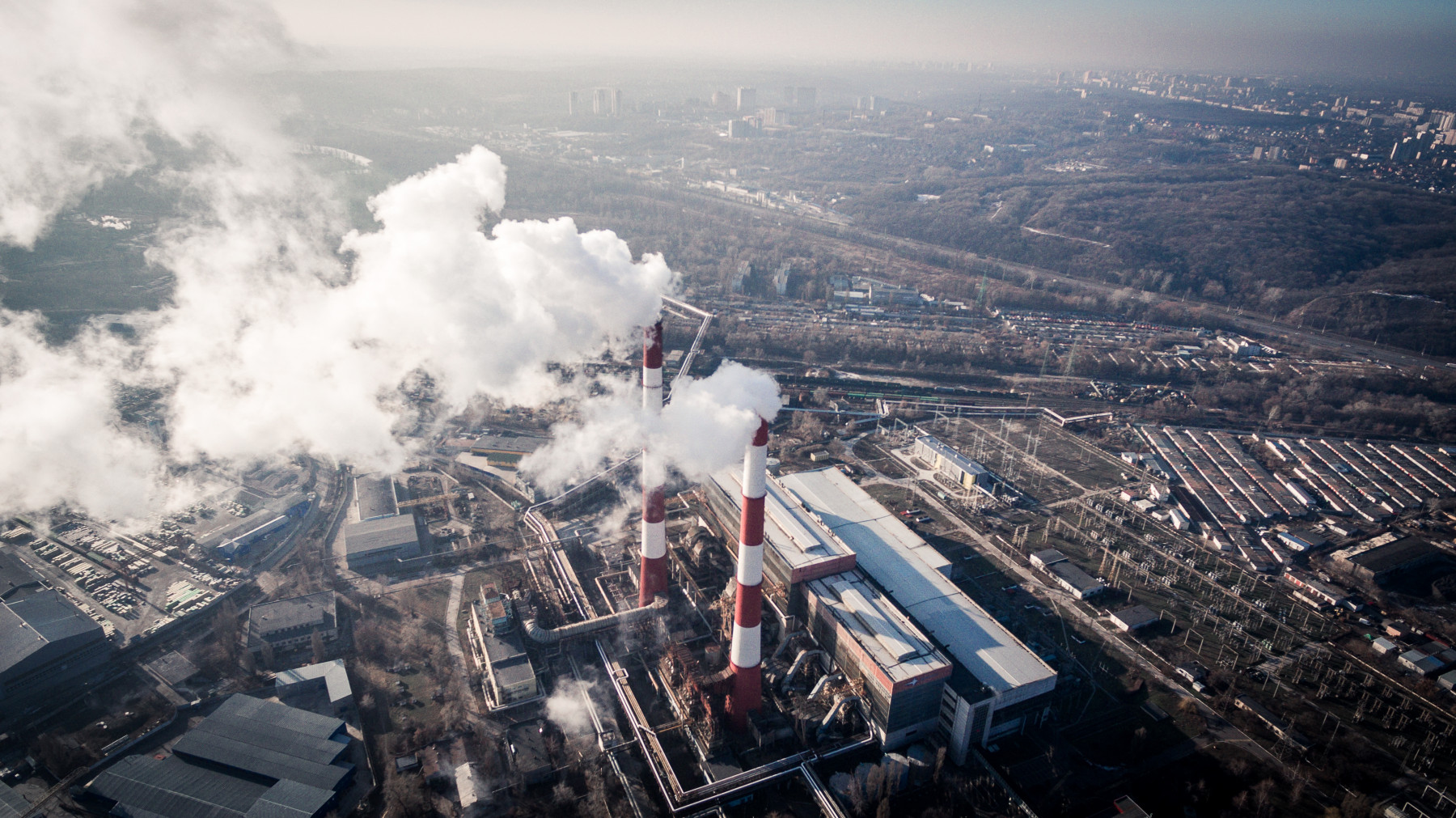Pollution, Distance From Green Spaces Tied to Quality of Life

LALS STOCK/Shutterstock
The health-related quality of life of people with chronic obstructive pulmonary disease (COPD) living in Barcelona, Spain, is negatively affected by exposure to air pollution and living farther away from green or blue water-rich spaces, a study suggests.
“This study, performed for the first time on a Mediterranean population, provides evidence that air pollutants … and the distance to green or blue spaces negatively affects the health-related quality of life in COPD patients,” Judith Garcia-Aymerich, PhD, said in a press release. Garcia-Aymerich is a researcher at the Barcelona Institute for Global Health (ISGlobal) and the study’s senior author.
The study, “Roles of the physical environment in health-related quality of life in patients with chronic obstructive pulmonary disease,” was published in the journal Environmental Research.
COPD is a chronic lung disease characterized by persistent coughing, wheezing, and shortness of breath even in the absence of strenuous exercise. In some cases, sudden episodes of symptom worsening, or exacerbations, can last for days. At more advanced stages, patients also may experience lack of energy, weight loss, and swelling in the legs, ankles, and feet.
Many of these clinical features are known to influence health-related quality of life (HRQL). Still, the impact of environmental factors, such as air and noise pollution, access to green or blue spaces, or temperature, has not been explored.
“We know that several clinical and psychological factors can affect this parameter, but little is known on the effect of environmental factors,” said Garcia-Aymerich.
In an effort to assess the potential impact of environmental factors on patients’ quality of life, Garcia-Aymerich and her team invited 407 COPD patients living in Barcelona to answer questionnaires related to HRQL, while evaluating their exposure to air pollutants, traffic noise, land surface temperatures, and distance to green or blue spaces.
Participants completed the COPD Assessment Test (CAT), which is designed to measure the impact of COPD on a person’s life, with higher scores (ranging from zero to 40) reflecting a more severe disease impact.
Patients also completed the Clinical COPD Questionnaire (CCQ), a well-established questionnaire to assess HRQL in COPD patients. Like CAT, higher CCQ scores (ranging from zero to 60) reflect a worse health status.
Patients’ exposure to residential air pollution was determined taking into account their exposure to large and small particulate matter (PM10, PM2.5), as well as nitrogen dioxide (NO2) and PM2.5 absorbance — an indicator of black carbon emanating from combustion.
The team also estimated the patients’ exposure to road traffic noise and land surface temperature, and measured the distance from green and blue spaces to their residences.
Most study participants were men (85%) with a mean age of 69 years. The overall CAT score was 12, and the CCQ-total score was 1.4.
Results revealed that NO2 and PM2.5 absorbance were significantly associated with worsened CAT and CCQ-mental scores. Worsened CCQ-mental scores also were significantly associated with greater distances to green or blue spaces.
“This might be explained by the restorative effect of blue and green spaces, although it could also be related to the fact that these spaces encourage greater physical activity,” said Subhabrata Moitra, PhD, the study’s first author.
“Our study showed that increased air pollution, particularly NO2 and PM2.5 absorbance and greater distances to blue/green spaces negatively influence HRQL in COPD patients,” the authors wrote. “These findings have important implications for the [World Health Organization] promotion to develop healthy cities for our future.”






